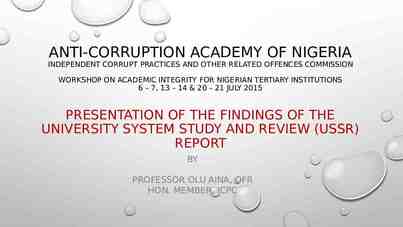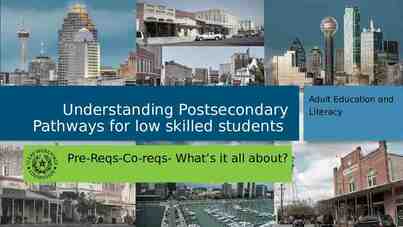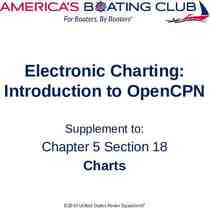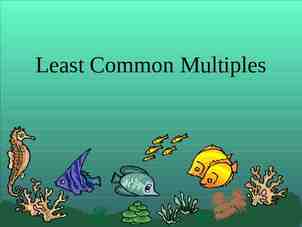Community Engagement Nutrition Cluster Meeting 2 October 2016
15 Slides1.77 MB

Community Engagement Nutrition Cluster Meeting 2 October 2016

Accountability is an active commitment of humanitarian workers to use power responsibly by taking account of, giving account to, and being held to account by the people humanitarian organisations seek to assist. AAP Accountability to Affected People

IASC 5 Core Commitments to Accountability

Core Humanitarian Standard on Quality and Accountability For more information: https://corehumanitarianstandard.org/the-standard

Community Engagement

Community Engagement Working Group (CE WG)

CE WG Progress Update - September Objectives Status updates 1) Humanitarian response is informed by the views of affected populations Developed Agency feedback forms Conducted the Micro-Survey Working with PSEA Inter-Agency Taskforce 2) Humanitarian responders are held to account and act upon feedback. Developed a simple CE 4W Dissemination of the OXFAM Study Findings Analysis of CE info for ICCM/HCT 3) Communities have the information and communications capacity they need to make informed decisions and stay safe. Recommendations based on findings Current discussions Tawasul lessons learned

Community Engagement Actions throughout HPC

Community Engagement Actions throughout HPC

Community Engagement Nutrition Cluster Meeting 2 October 2016

CAAP 1: Leadership/Governance: Demonstrate their commitment to accountability to affected populations by ensuring feedback and accountability mechanisms are integrated into country strategies, program proposals, monitoring and evaluations, recruitment, staff inductions, trainings and performance management, partnership agreements, and highlighted in reporting. Actions: Trainings and awareness raising on communicating with affected communities; PSEA reporting and investigation mechanisms in place; Advocate for flexible funding to adapt programmes according to feedback; HCT and ICCM to include standing agenda item on AAP.

CAAP 2: Transparency Provide accessible and timely information to affected populations on organisational procedures, structures and processes that affect them to ensure that they can make informed decisions and choices, and facilitate a dialogue between an organisation and its affected populations over information provision.

CAAP 3: Feedback & Complaints Actively seek the views of affected populations to improve policy and practice in programming, ensuring that feedback and complaints mechanisms are streamlined, appropriate and robust enough to deal with (communicate, receive, process, respond to and learn from) complaints about breaches in policy and stakeholder dissatisfaction. IOM Report on FC in Pakistan

CAAP 4: Participation Enable affected populations to play an active role in the decision-making processes that affect them through the establishment of clear guidelines and practices to engage them appropriately and ensure that the most marginalised and affected are represented and have influence.

CAAP 5: Design, monitoring and evaluation Design, monitor and evaluate the goals and objectives of programs with the involvement of affected populations, feeding learning back into the organisation on an on-going basis and reporting on the results of the process.






